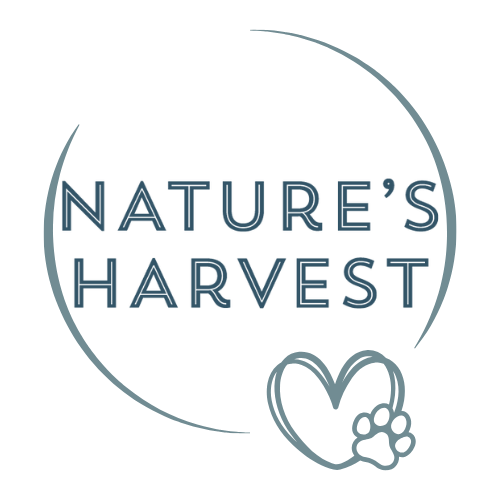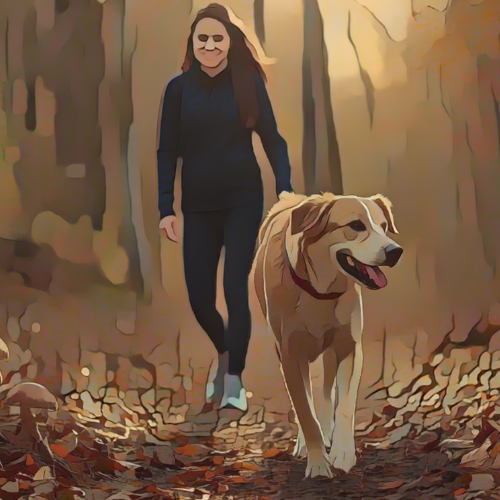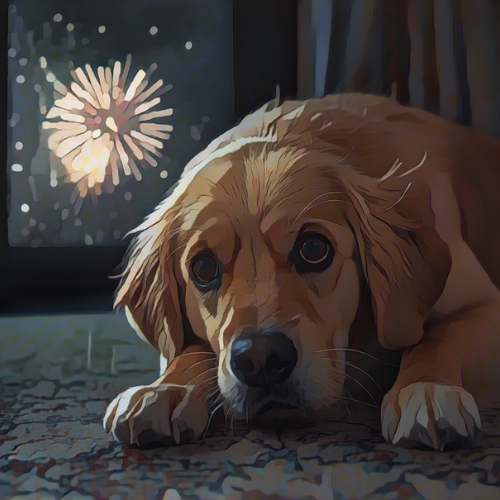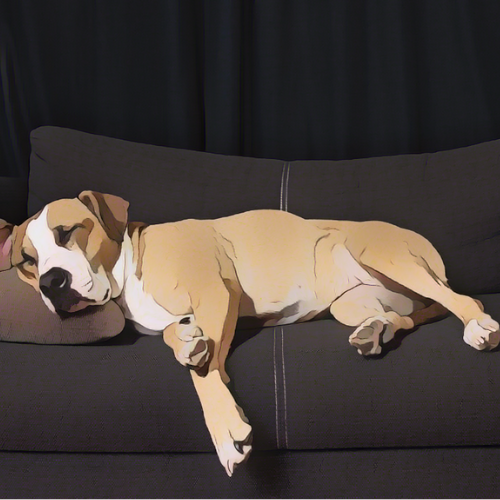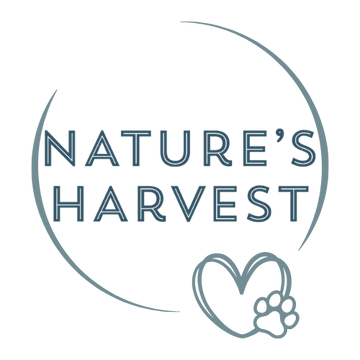As we enter into the colder months of the year, it seems that there is an abundance of coughs and colds in the air. As our human bodies adjust to the changing of the seasons, we need to take extra care of ourselves and keep ourselves healthy.
Making sure that your dog remains healthy and snuffle free is something that sometimes gets overlooked, but those of us who have experienced those uncomfortable vet's bills know that prevention first is much better than cure later!
So, what is the best way of assessing your dog's physical health?
1. Groom and inspect your dog's body regularly
Grooming comes as part and parcel of your role as a responsible dog owner. This is also an ideal opportunity to check your dog's body, by giving a mini-physical examination.
2. Stand back and assess your dog from afar
When looking at your dog from further away, it's much easier to see whether your dog is standing or sitting uncomfortably and whether your dog is finding it difficult to sit up or lay down.
3. Check your dog's eyes
'The eyes are a window to the soul'. With your index thumb, gently open your dog's eyelid. A healthy eye is one in which you can see your own reflection and is clear of any fogginess or discharge.
4. Check your dog's teeth
Lift your dog's lip to see its teeth. Pearly whites and pink gums should greet you.
5. Look at and touch your dog's nose
Don't panic if your pup's nose is not cold and wet. This does not mean your dog is ill contrary to the old wives tale. A lot of perfectly healthy dogs have warm and dry noses! The important thing is to get to know what 'normal' is for your dog and then act when your dog's 'normal' becomes abnormal.
6. Examine your dog's ears
Best performed in daylight, take a good look in your pup's ear and compare one with another. If they look the same then all is well. Perhaps you could take a photo on your phone of one ear to make it easier to compare! Your dog's ears should only smell of 'dog', but if this isn't the case, it's best to seek out professional advice.
7. Inspect your dog's coat
Your dog's fur should be glossy (in breeds that don't have wiry fur) and flake-free. This is especially easy to achieve when you feed your pup with any of our Nature's Harvest range of dog foods as all our complete dog foods are crafted with essential vitamins and minerals that maintain healthy skin and coats. Make sure that you part the fur to check the skin underneath.
8. Check for lumps and bumps
Run your hand over your dog's body to check for any lumps and bumps. If you are unsure, it's always best to seek the advice of a professional.
In summary, it's all about keeping a little eye on your pup, especially around the changing of the seasons. This is when our dogs can become slightly more vulnerable.
Here's to a healthy and snuffle free few months ahead, for both you and your dog!
